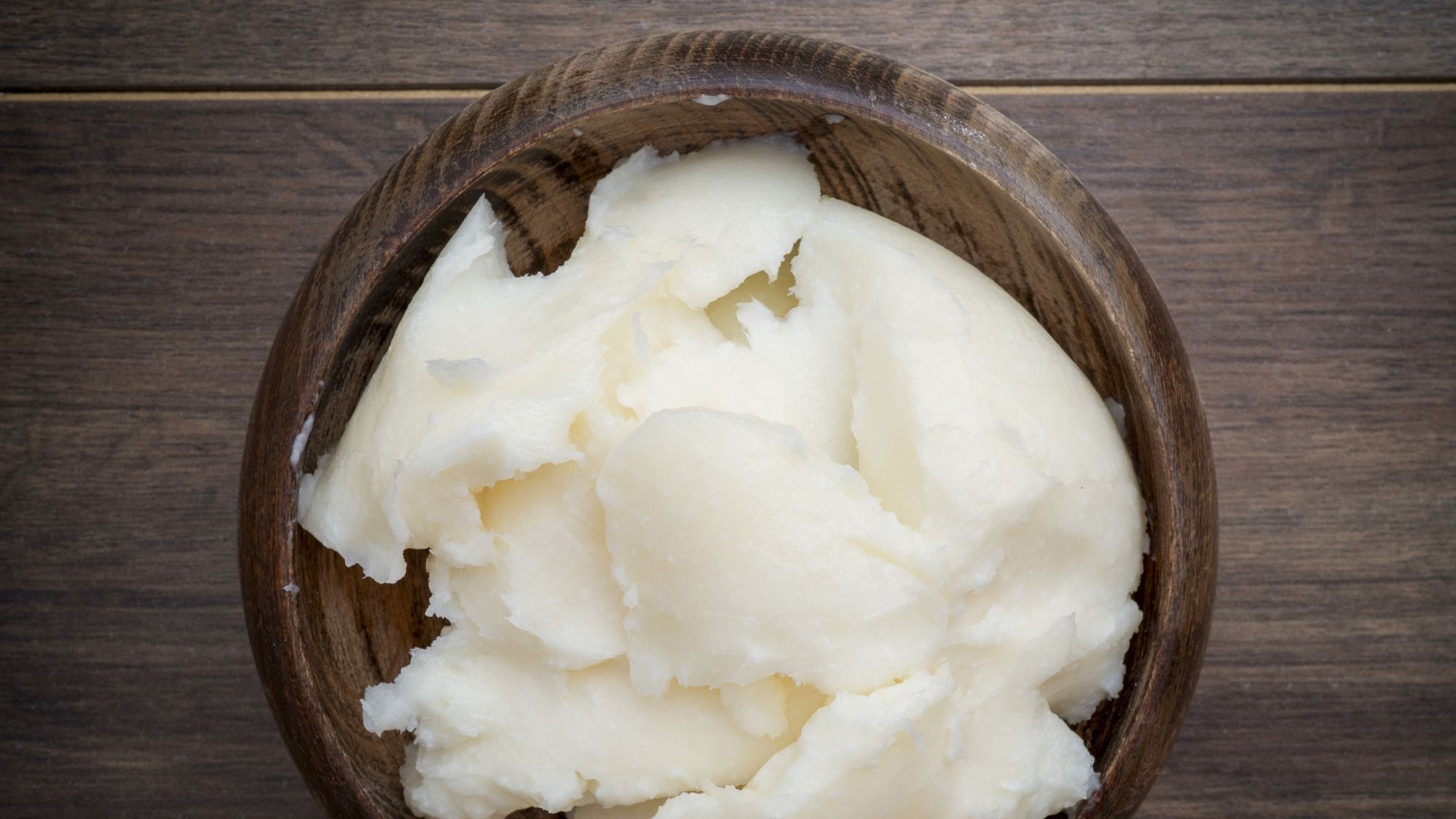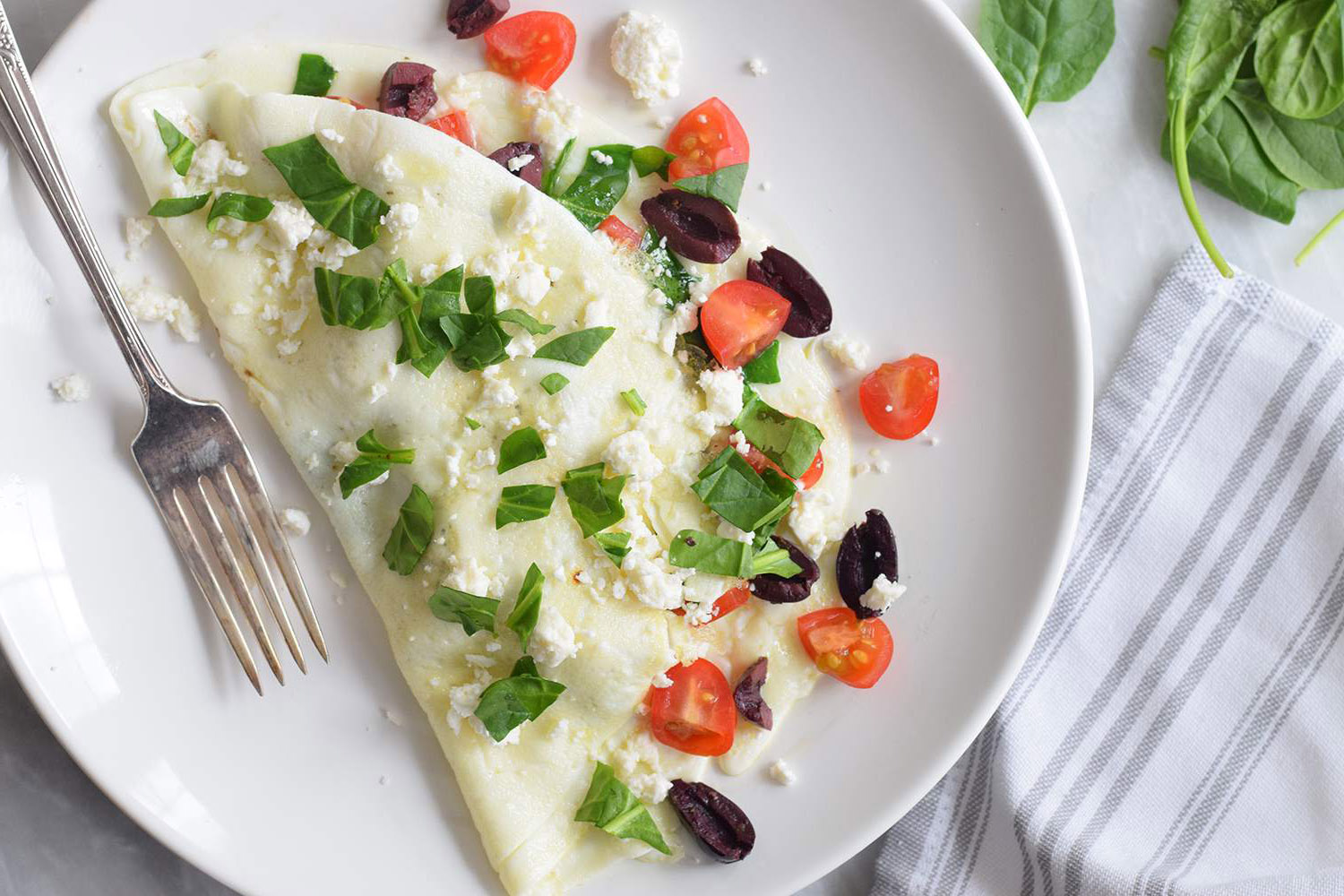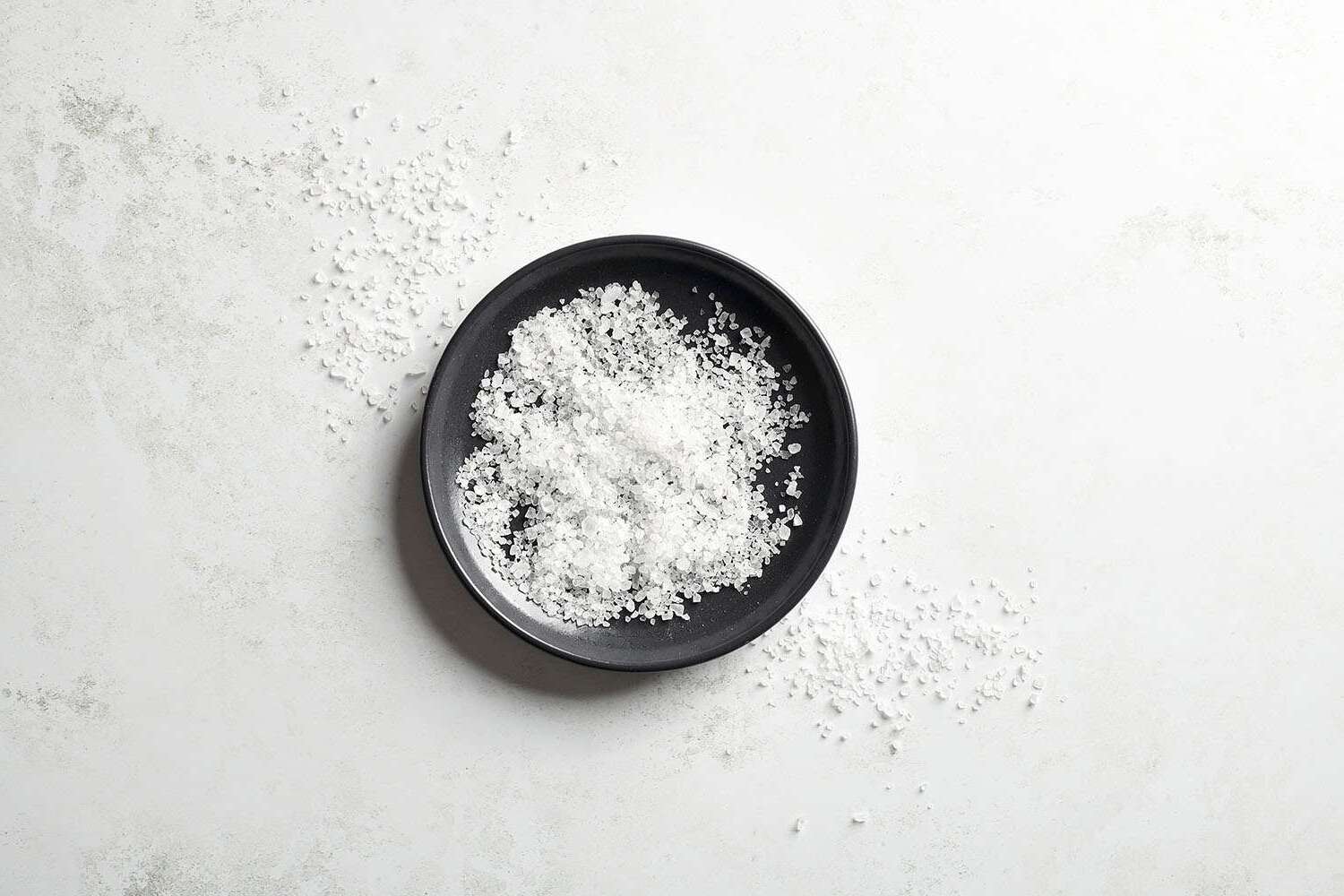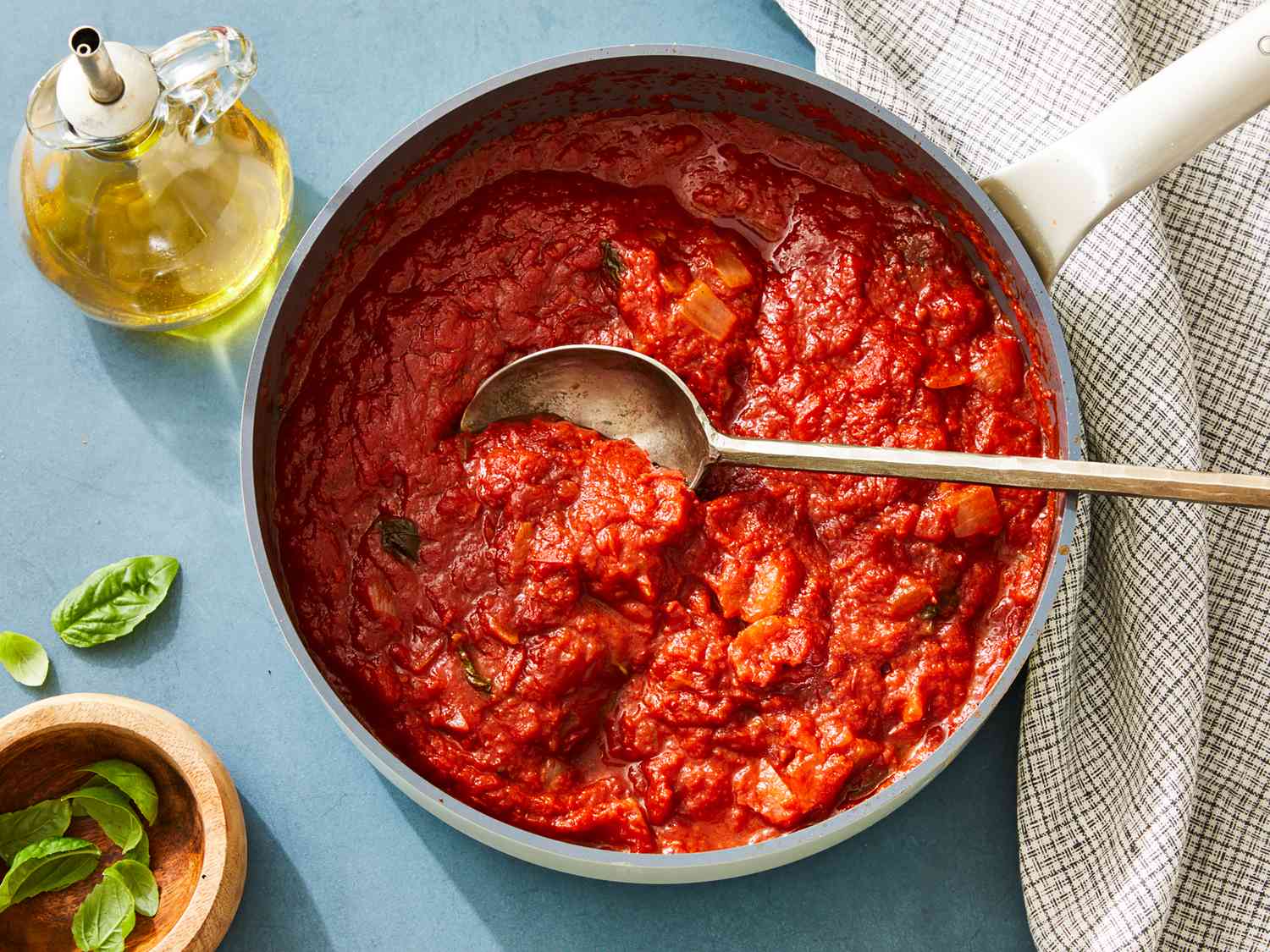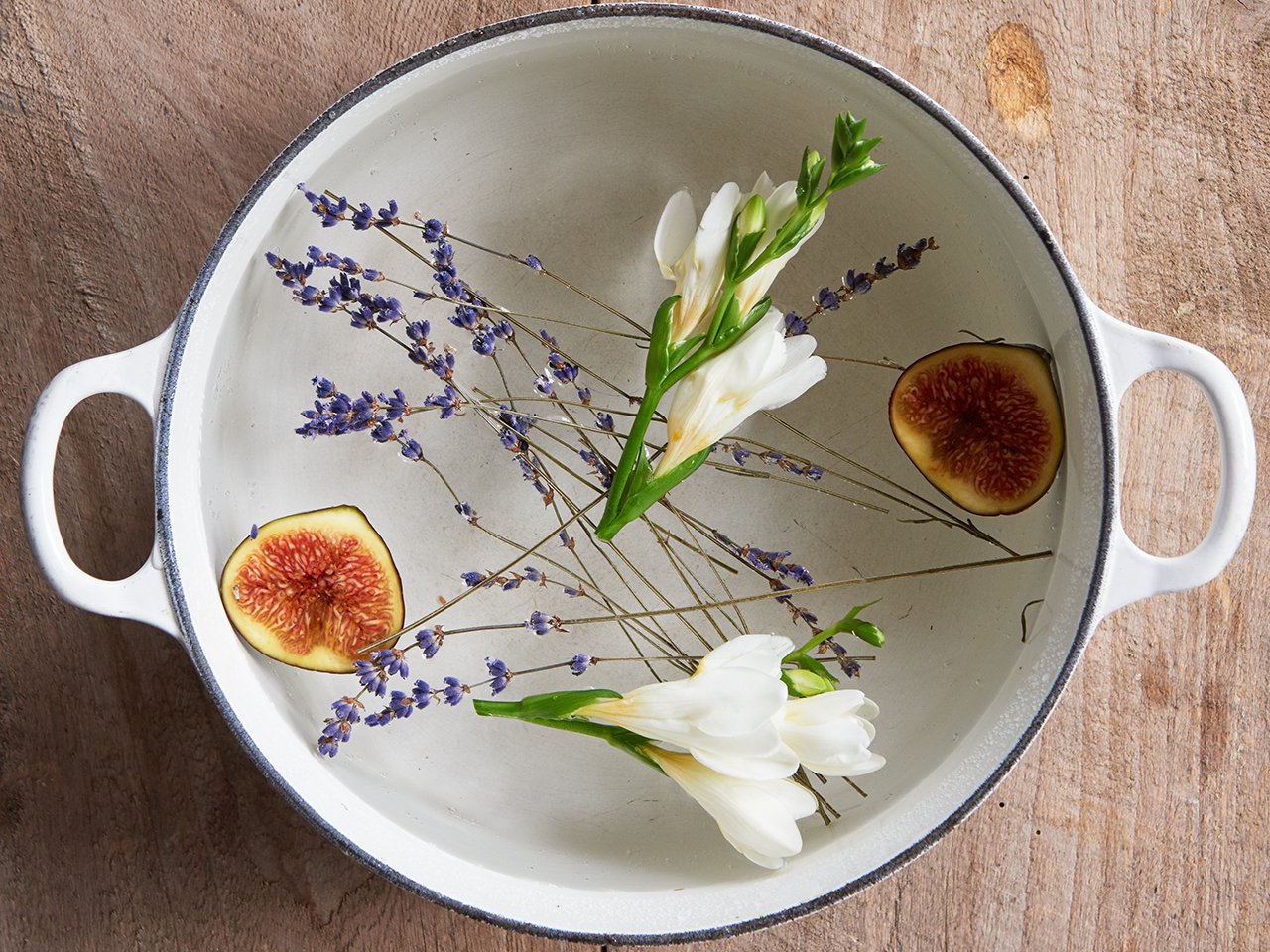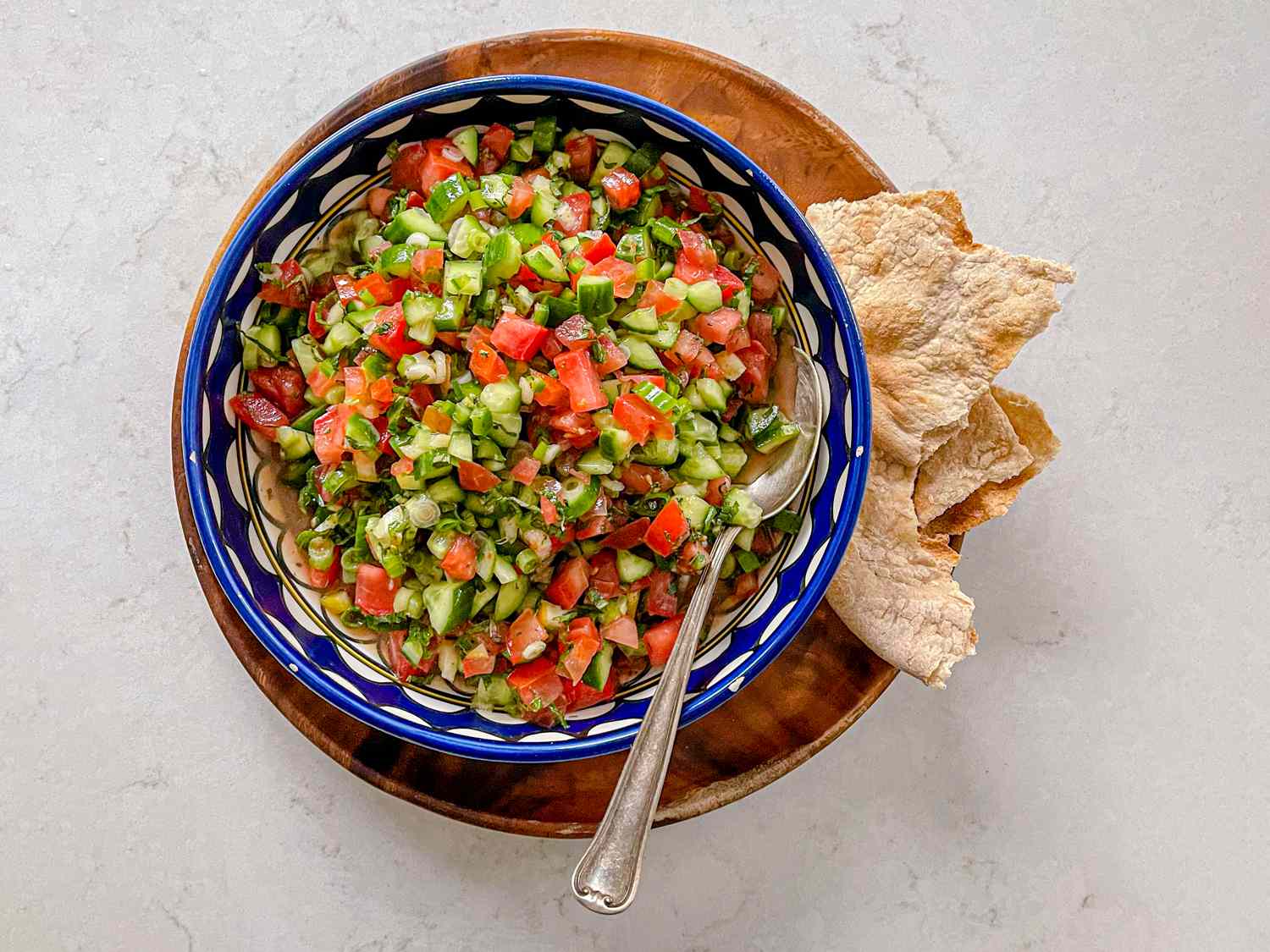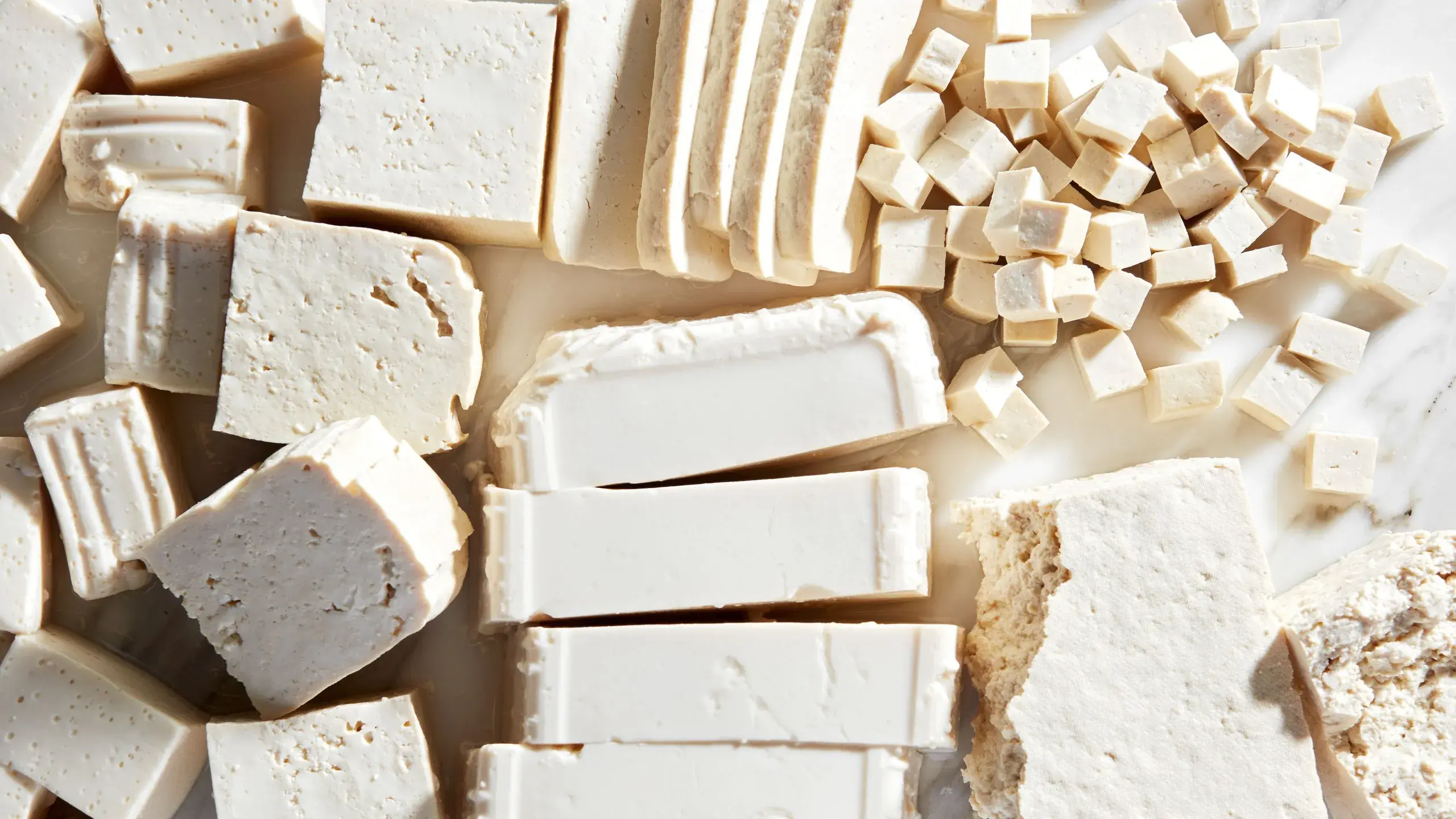Purple garlic, also known as purple stripe garlic, is a unique and flavorful variety of garlic that has gained popularity among food enthusiasts and chefs. With its striking purple-hued cloves and robust flavor, purple garlic has become a sought-after ingredient in the culinary world. In this article, we will explore the origins, characteristics, and culinary uses of purple garlic.
Origins and Characteristics
Purple garlic belongs to the Allium sativum species, which includes all varieties of garlic. What sets purple garlic apart is its distinct purple-striped outer bulb wrappers and often purple-tinged cloves. This variety is known for its rich, complex flavor profile, which can range from spicy and pungent to slightly sweet and earthy, depending on the specific cultivar and growing conditions.
Culinary Uses
Purple garlic is a versatile ingredient that can be used in a wide range of culinary applications. Its bold flavor makes it a favorite for adding depth to savory dishes, and it can be used in both raw and cooked preparations. Here are some popular culinary uses for purple garlic:
-
Roasted Garlic: Roasting purple garlic brings out its natural sweetness and creates a creamy, spreadable texture that is perfect for spreading on bread or incorporating into dips and sauces.
-
Sautéed or Stir-Fried Dishes: Purple garlic adds a robust flavor to sautéed or stir-fried vegetables, meats, and seafood, enhancing the overall depth of the dish.
-
Marinades and Dressings: Minced or crushed purple garlic can be used to infuse marinades, dressings, and vinaigrettes with its distinctive flavor.
-
Pesto and Sauces: Purple garlic can be a key ingredient in homemade pesto, pasta sauces, and salsas, adding a flavorful punch to these dishes.
Health Benefits
Like other varieties of garlic, purple garlic is known for its potential health benefits. It contains allicin, a compound that is believed to have antibacterial and antifungal properties. Additionally, garlic is rich in antioxidants and may have anti-inflammatory effects. Incorporating purple garlic into your diet can be a flavorful way to potentially support overall health and well-being.
Where to Find Purple Garlic
Purple garlic can often be found at farmers' markets, specialty grocery stores, and online retailers. Look for bulbs that are firm and free of mold or soft spots. When selecting purple garlic, opt for bulbs with vibrant purple stripes and tight, unblemished cloves for the best flavor and quality.
Cooking Tips
When using purple garlic in your recipes, keep these tips in mind to make the most of its flavor:
- Minced or Crushed: To release the full flavor of purple garlic, mince or crush the cloves before adding them to your dishes.
- Adjust to Taste: Purple garlic can vary in intensity, so start with a small amount and adjust to taste based on the specific variety you are using.
- Storage: Store whole bulbs of purple garlic in a cool, dark place with good air circulation to maintain their freshness.
In Summary
Purple garlic is a visually stunning and flavorful variety of garlic that adds depth and complexity to a wide range of dishes. Whether you're roasting it to spread on bread, incorporating it into a savory sauce, or using it to infuse a marinade, purple garlic is a versatile ingredient that can elevate your culinary creations. With its potential health benefits and distinctive flavor, purple garlic is a must-try for any food enthusiast or home cook looking to expand their culinary repertoire.
Was this page helpful?
Read Next: What Is Rustica Sauce?
